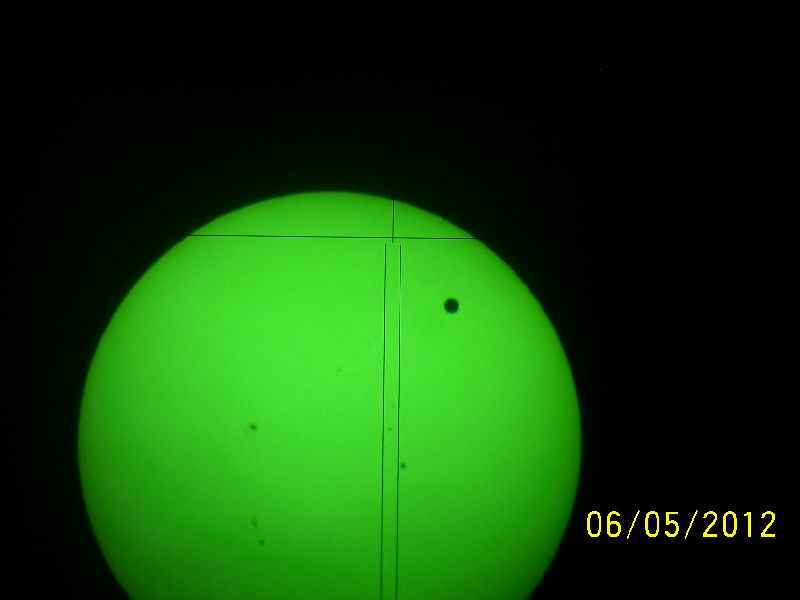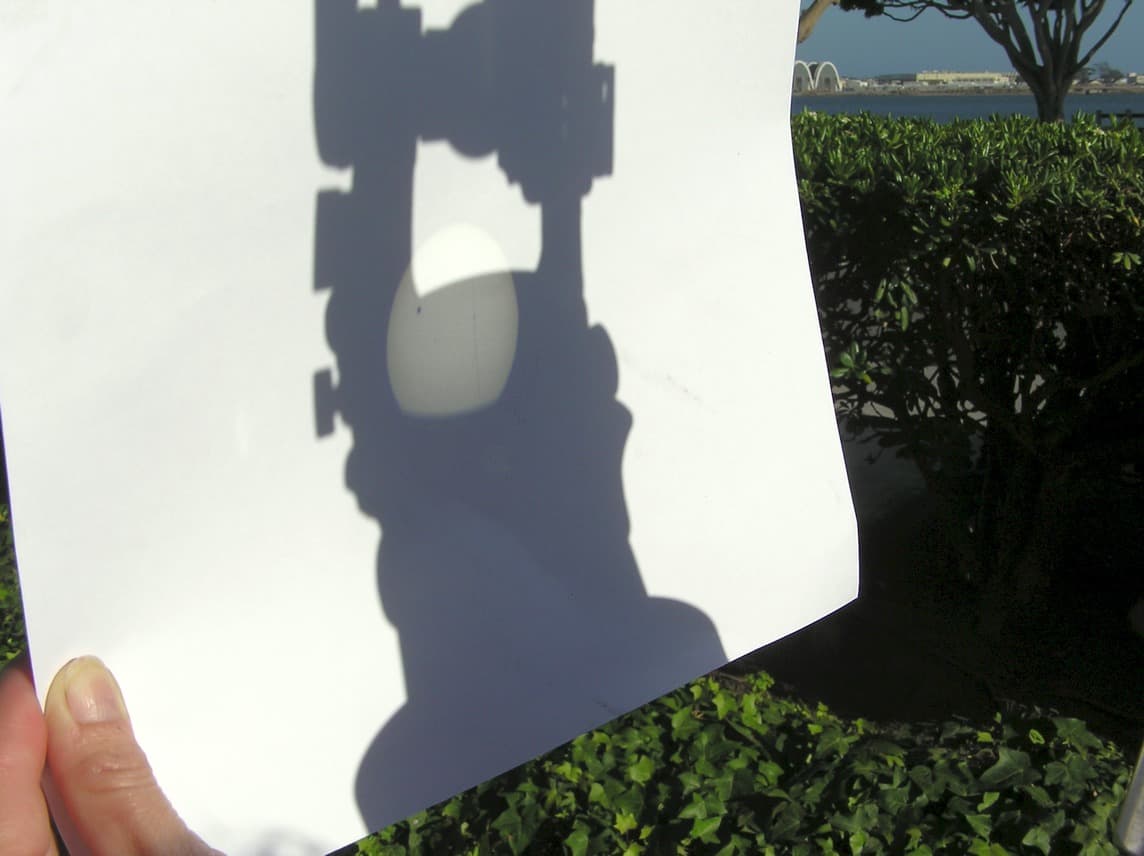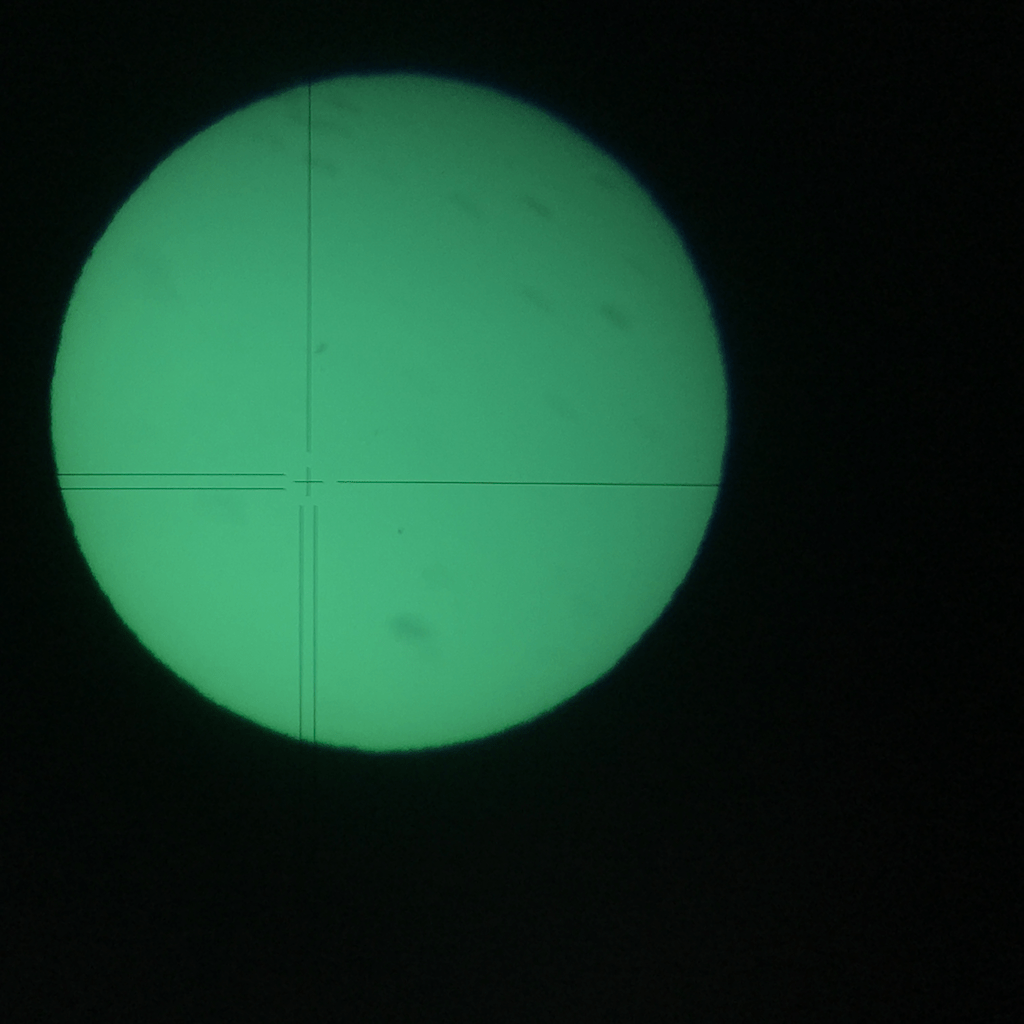Was reviewing MICA for some possible easy night time planet shots now that it's starting to get warmer and came across the fact that Mercury will be transiting the sun this Monday, May 9th, from about 1100 to almost 1900 UTC. This only happens about a dozen times per century.
This sounds cool. Anyone ever shot a planet in transit? Mercury's SD is about 6", and is moving pretty slow, so it should be pretty easy to sight either limb. Gotta see if I can get out of work.:-)
Does Venus count? The top photo taken at longitude 66E, the bottom photo taken at 118W, and both taken at the same time.


rfc, post: 370810, member: 8882 wrote: Mercury.... is moving pretty slow, so it should be pretty easy to sight.
Uhhh....Relative to the sun perhaps. Relative to us, it's moving faster than the sun. My bad.
Is the ephemeris data as good for planets as it is for the sun? I've heard the moon's no good because it's too close to earth, but Mercury? I'd think that'd be as good as any other celestial object.
How could you see Venus from 66E and 118W at the same time?
That's 176 degrees apart?
:-S
Scott Zelenak, post: 370842, member: 327 wrote: How could you see Venus from 66E and 118W at the same time?
That's 176 degrees apart?
:-S
From 80N, near the summer solstice?
Now that I've got a robotic I've been wondering if there is a way to track celestial objects?
I was in Afghanistan and a friend was in California. Only 40å¡ and 35å¡ N. We coordinated realtime by telephone. 5:45 AM for me and 5:45 PM in California. We shooting to see if we detect parallax using the sunspots as control.
Larry Scott, post: 370837, member: 8766 wrote: What and what location? Lat/long and time UTC?
The 3 sun spots are like control points.
Very nice pic.
31d31' N, 95d31'W, not sure about the time, file shows 7:06 pm 6-5-2012 Central time but depending on which camera I was using, Daylight saving time may not be correct.
James
Darn! In and out cloud cover this morning prevented me from doing a proper azimuth using both the sun and Mercury, but the clouds are clearing now.
Trying to take photos with my iPhone but focus is impossible. What's in focus to the eye, doesn't seem to work for the iPhone. Looks very cool though.
It'd be very easy to use for azimuth. I might say easier than a limb of the sun. It will be visible on the east coast until 18:41 UTC.
I took this, and many more, with iPhone. It focused by itself. You gotta hold just right and steady.
Mercury, any planet, for azimuth would be a practical experiment. (Sun (limb and all) would beat planet.) But it would take multiple days, a block of data, to determine if it's as good.
Is JaRo's Venus shot autofocus?
This iPhone, autofocus, thru a Wild T3. (I set the crosshairs out of focus first)

That's better than what I got. By the time the clouds almost broke, the sun was too high. I could see mercury thru the scope but getting a pic was just a blind shot between clouds and nothing turned out.
Well Venus is just more photogenic, size matters. After all, Venus 2x diameter (4x bigger in area).
Larry Scott, post: 371262, member: 8766 wrote: Well Venus is just more photogenic, size matters. After all, Venus 2x diameter (4x bigger in area).
It's also just under half the distance of mercury which would make it appear more than 4 times the size of mercury
The max angular dia Mercury 13"
The max angular diameter Venus 63"
So about 5x visual diameter. And that's big diff in pixel count in a camera.







